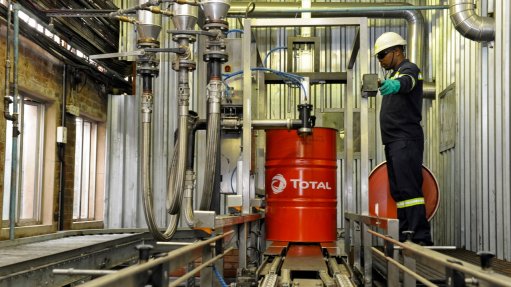
HIGH ROTATION SPEED These lines were developed to provide a better solution for the specific issues linked to engines and transmissions with high rotation speeds
Petroleum refinery company Total consolidated its position as key player in electric mobility by launching an innovative line of fluids for electric and hybrid vehicles.
Launched in December last year, these products have been specially developed to meet the cooling and lubrication needs of the various components of these new types of engines and to ensure that they remain in peak condition throughout their lifetime.
Two new product lines are now available to automakers: Total Quartz electron volt (EV) Fluid, for light vehicles, and Total Rubia EV Fluid, for industrial and utility vehicles and electric buses.
Marketed by Total Lubricants, these products join the other electric mobility solutions Total offers through a variety of concrete applications for charging, storage, and fleet management.
“Through extensive research efforts, we are proud to have developed products that align with the new needs of electric mobility,” explains Total lubricants and specialities senior VP Philippe Charleux.
He adds that integrated before the vehicles leave the factories, these high-performance fluids will accompany the vehicles throughout their service life, benefiting all Total’s customers, which includes parts manufacturers, automakers and end- users.
“This project illustrates our technical excellence and our ability to anticipate and innovate, which we leverage for a sustainable and performing mobility.”
These fluid lines were developed to provide a better solution for the specific issues linked to engines and transmissions with high rotation speeds, and the need to control heat exchange in electric batteries.
Total’s researchers focused their research and development efforts for these fluids on four main characteristics, required by any electric or hybrid application; dielectric properties that are essential to any use with electric current; being compatible with the new electrification components that helps to prevent the corrosion of copper coils in electric engines and protect their polymer coatings; a solution for the tempera- ture constraints specific to electric models that occur during rapid calorific evacuation; major accelerations or fast charges and thermal management for batteries; and lastly it needs to be a conventional lubrication services for trans- missions to protect its mechani- cal components, maintain optimal friction properties and to ensure vehicles efficiency over time.